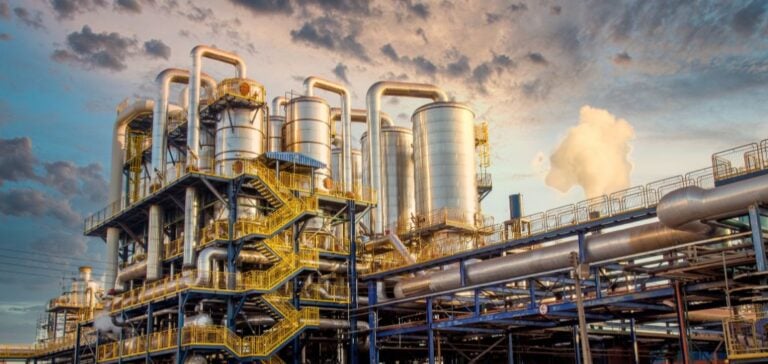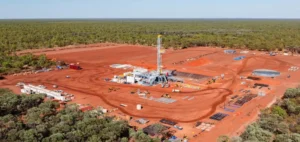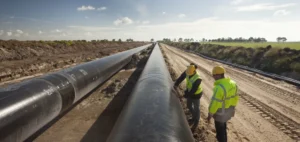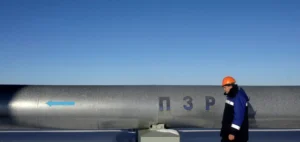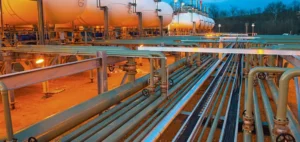Australian company Kinetiko Energy has confirmed the success of extended production tests conducted at two wells in South Africa’s Mpumalanga province, as part of its liquefied natural gas (LNG) pilot project. These tests achieved daily flow rates significantly above the economic viability threshold of 50 million cubic feet per day, set in 2023 by independent consultancy Sproule B.V.
Well 271-KA03PT10 recorded a total output of 3,522 million cubic feet of gas over 40 days, averaging 91 million cubic feet per day. The second well, 271-KA03PT06, produced 4,432 million cubic feet in 27 days, corresponding to a daily average of 164 million cubic feet. According to Kinetiko, methane content exceeded 98.5% in both cases, reinforcing the technical and commercial quality of the extracted gas.
Critical results for the next development phase
These tests are part of a pilot programme aiming to demonstrate the feasibility of small-scale gas liquefaction at the Brakfontein site. The data collected will be used to refine technical parameters and to prepare the design of future industrial installations. The programme also aims to establish a solid basis for future investment decisions, backed by concrete and measurable results.
In June 2024, Kinetiko secured $2.2mn in funding to support its exploration work in the region. The field performance confirms the initial assumptions and provides reference data for future capacity modelling. The company is now working to integrate this data into ongoing engineering studies.
Production optimisation and site-based development
Technical monitoring is ongoing at both wells to assess reservoir stability and confirm consistent output over time. This process aims to define an operational model capable of functioning independently of major transport or distribution infrastructure.
Kinetiko’s industrial concept is based on mobile liquefaction units, designed to enable direct on-site resource monetisation. This approach is intended to reduce logistics costs and accelerate production timelines. The company plans to use the test results to support upcoming financing phases and build an economic model tailored to local constraints.


